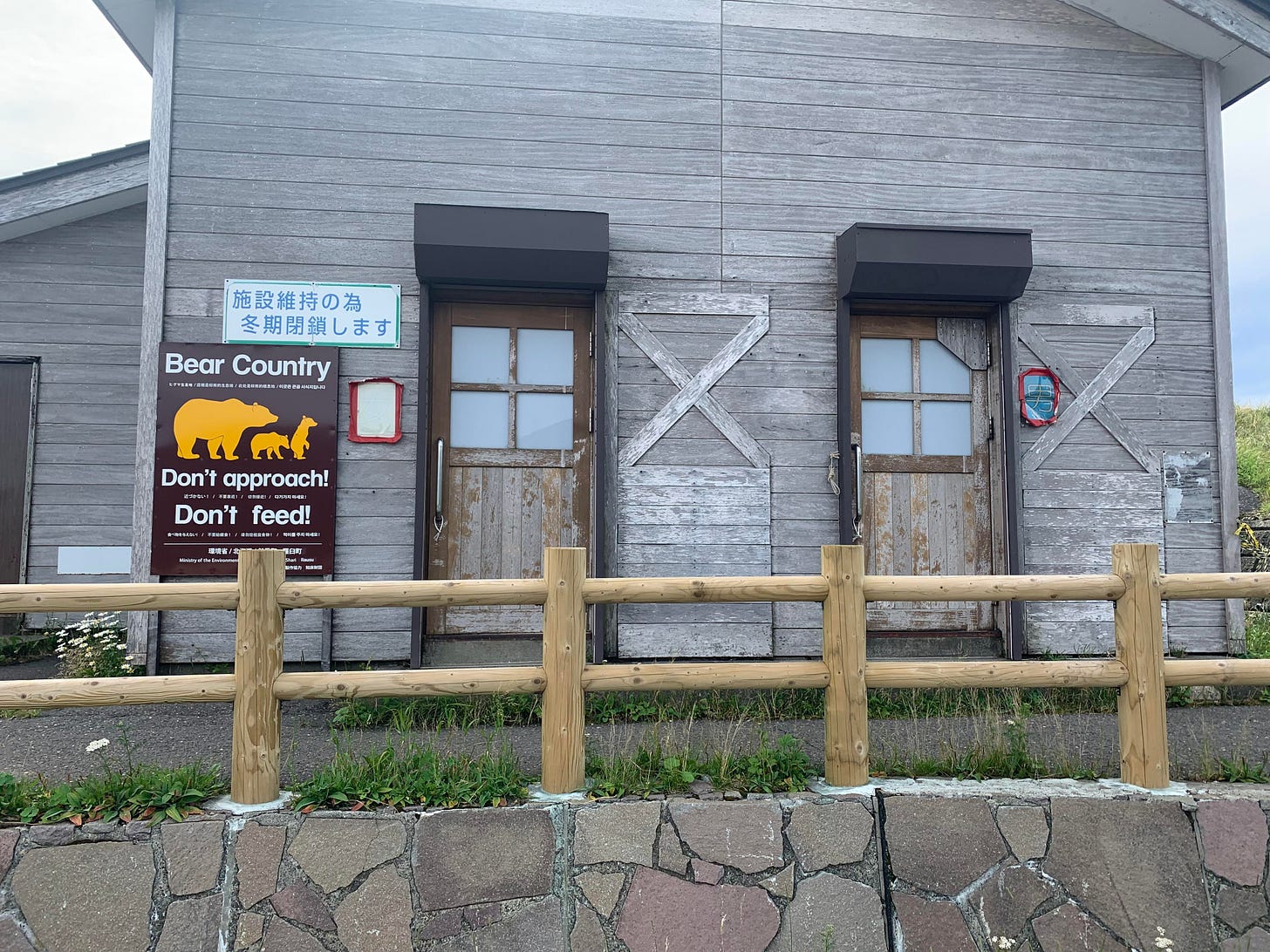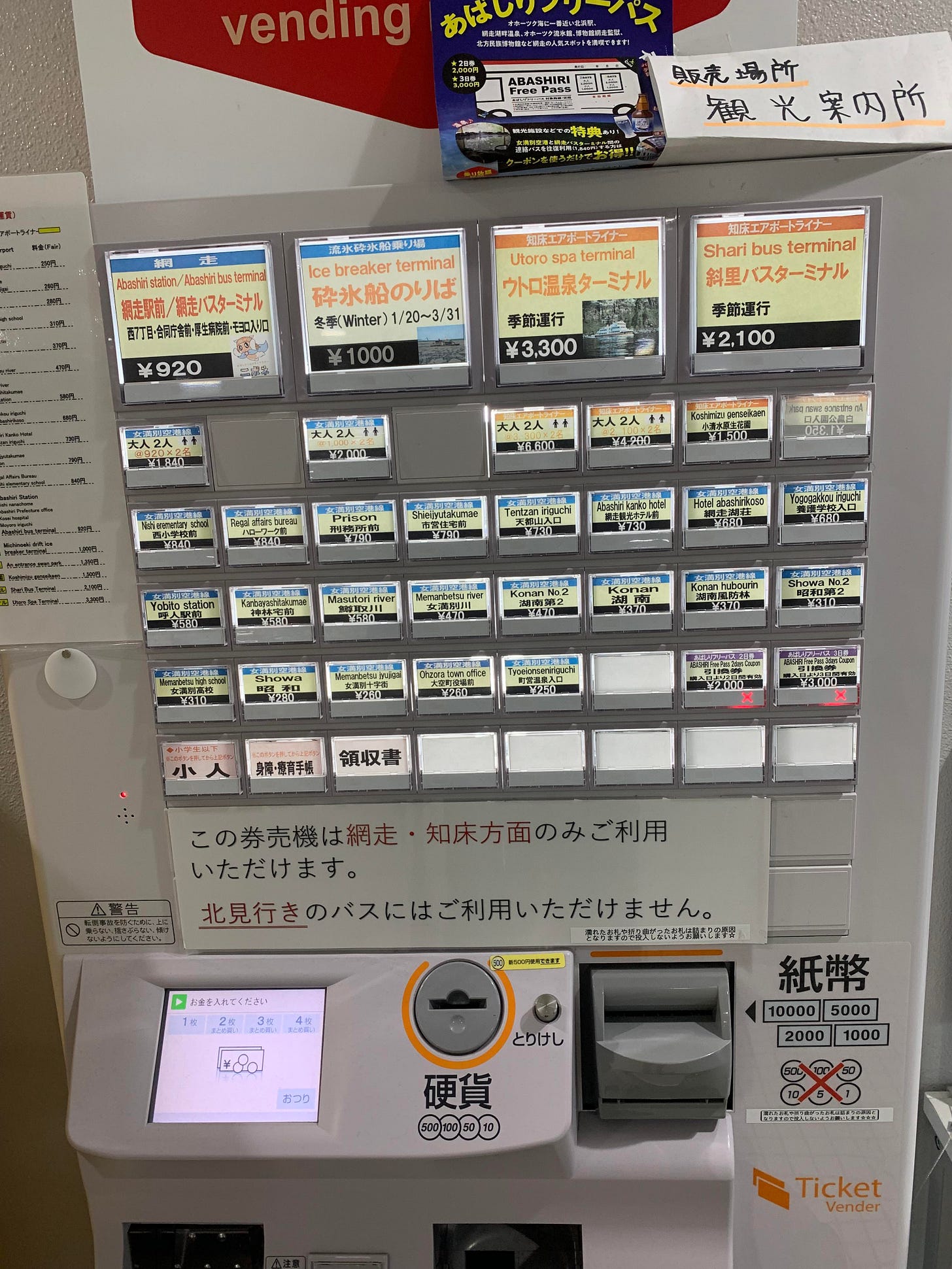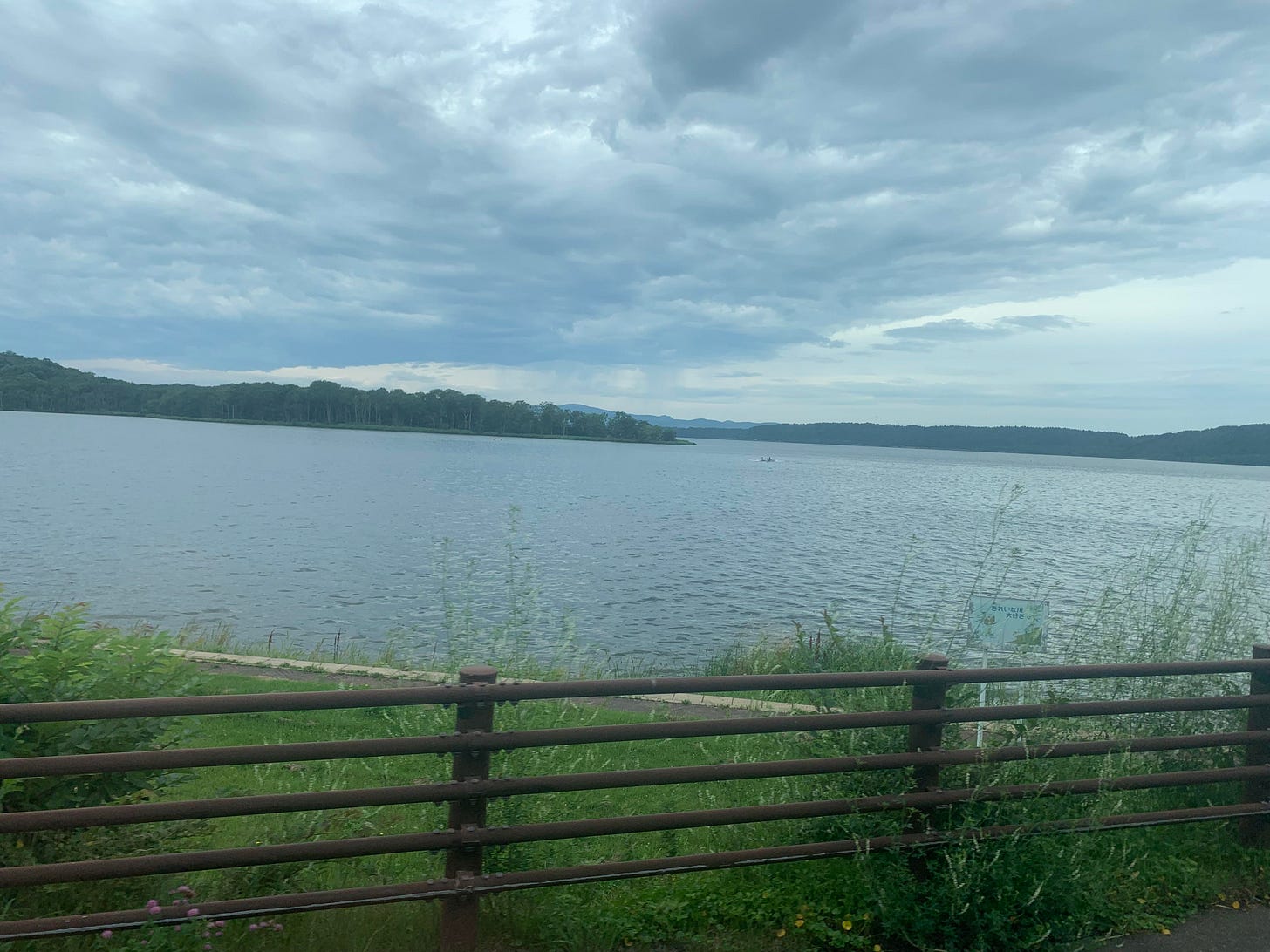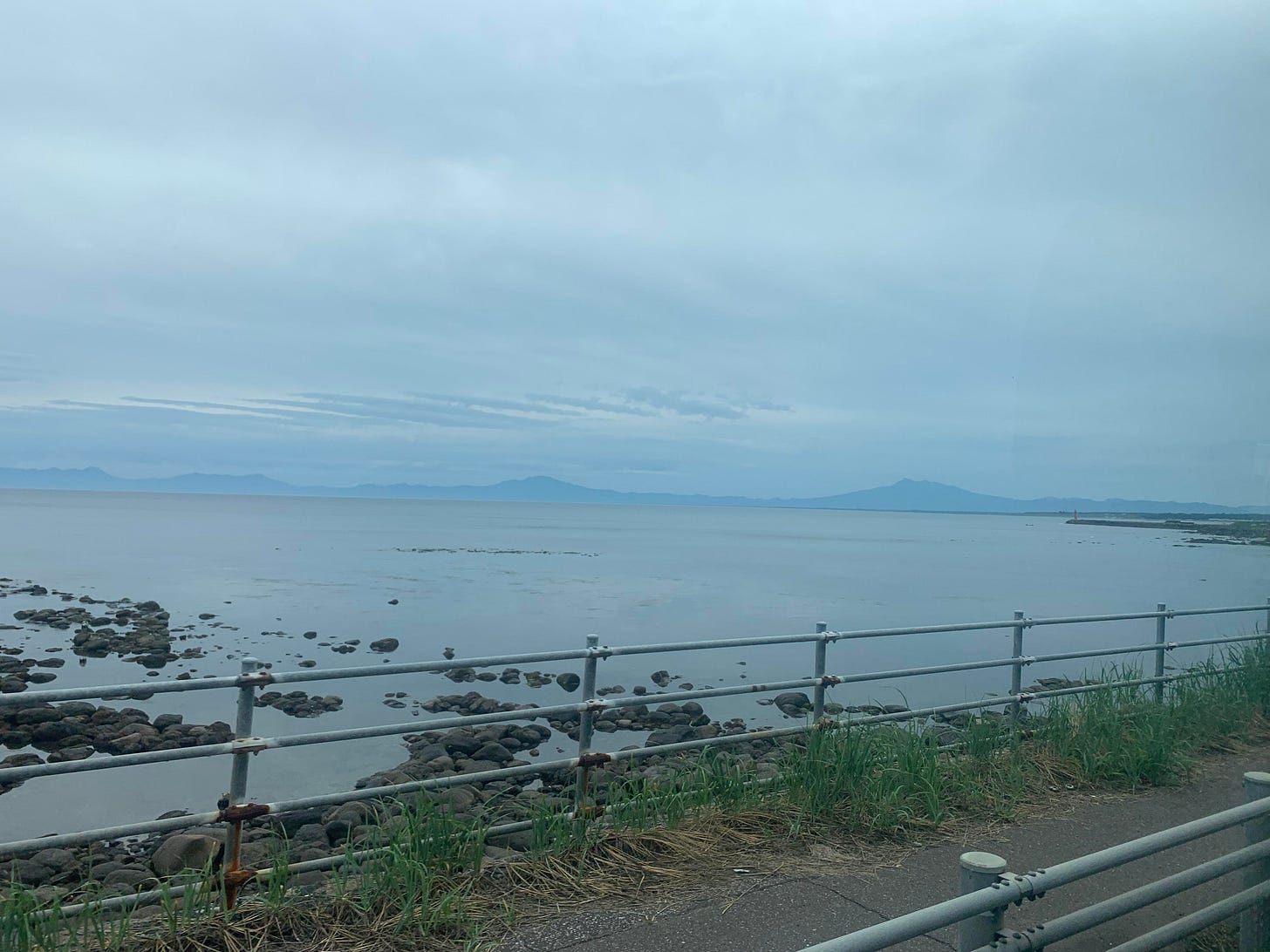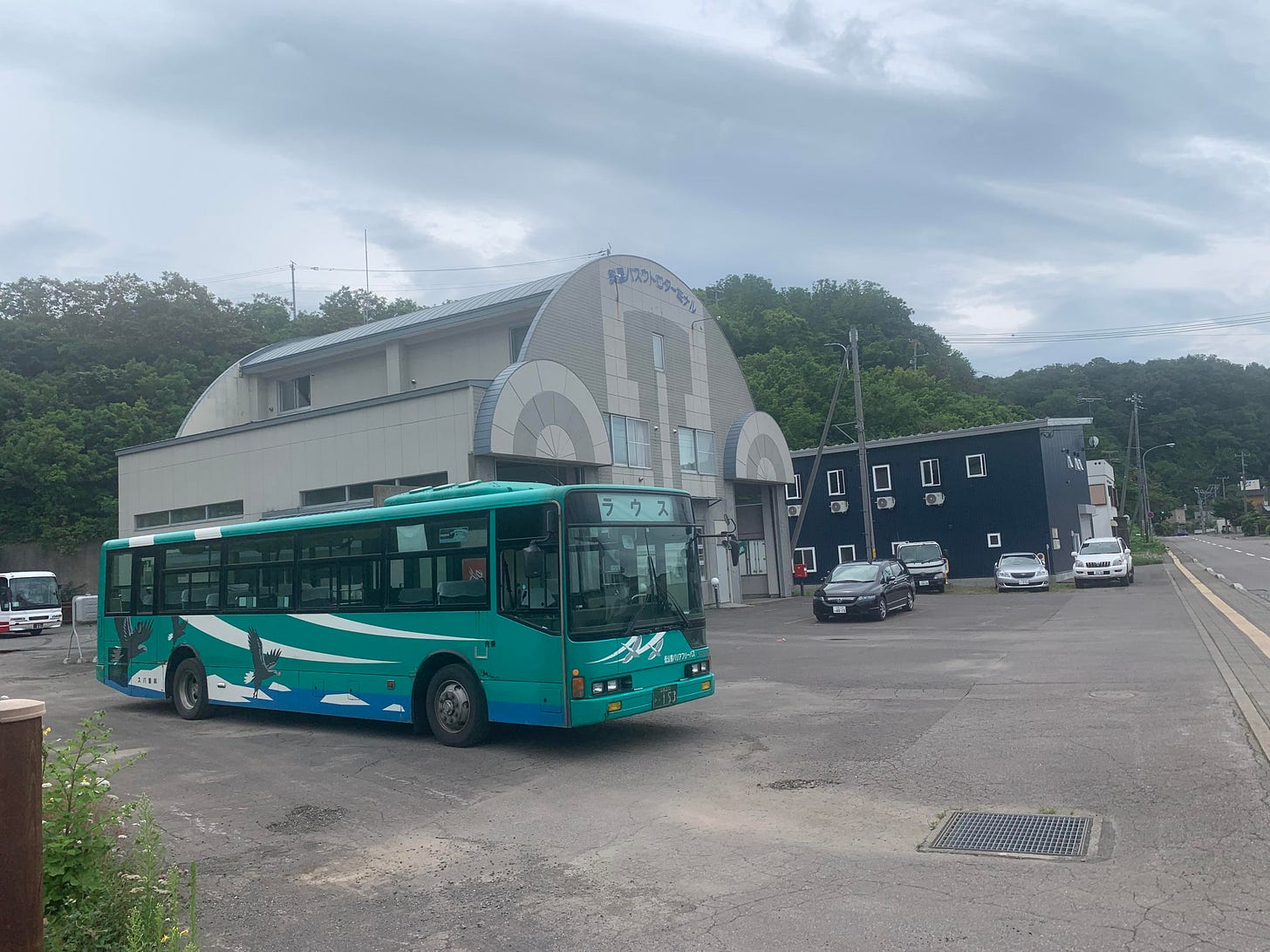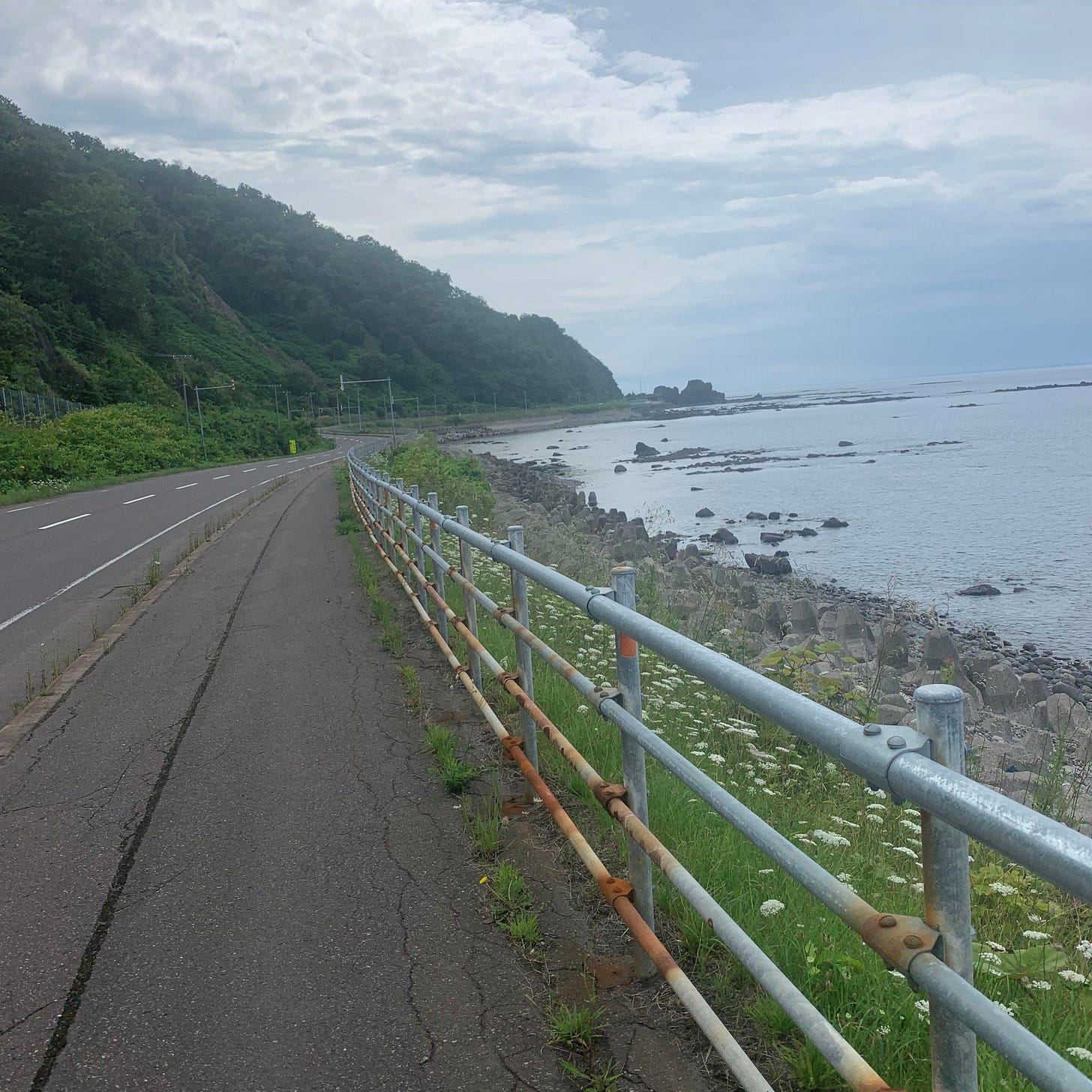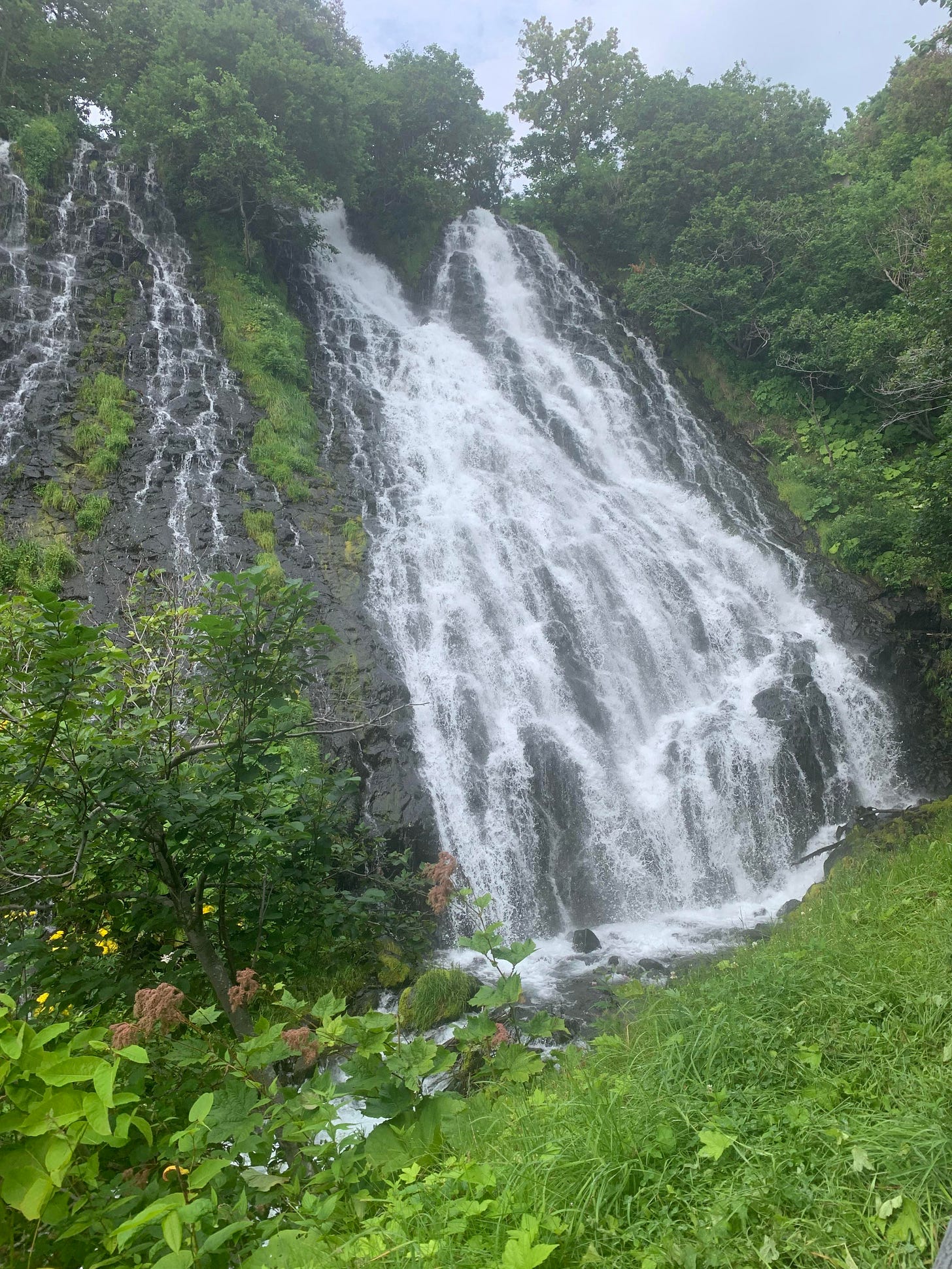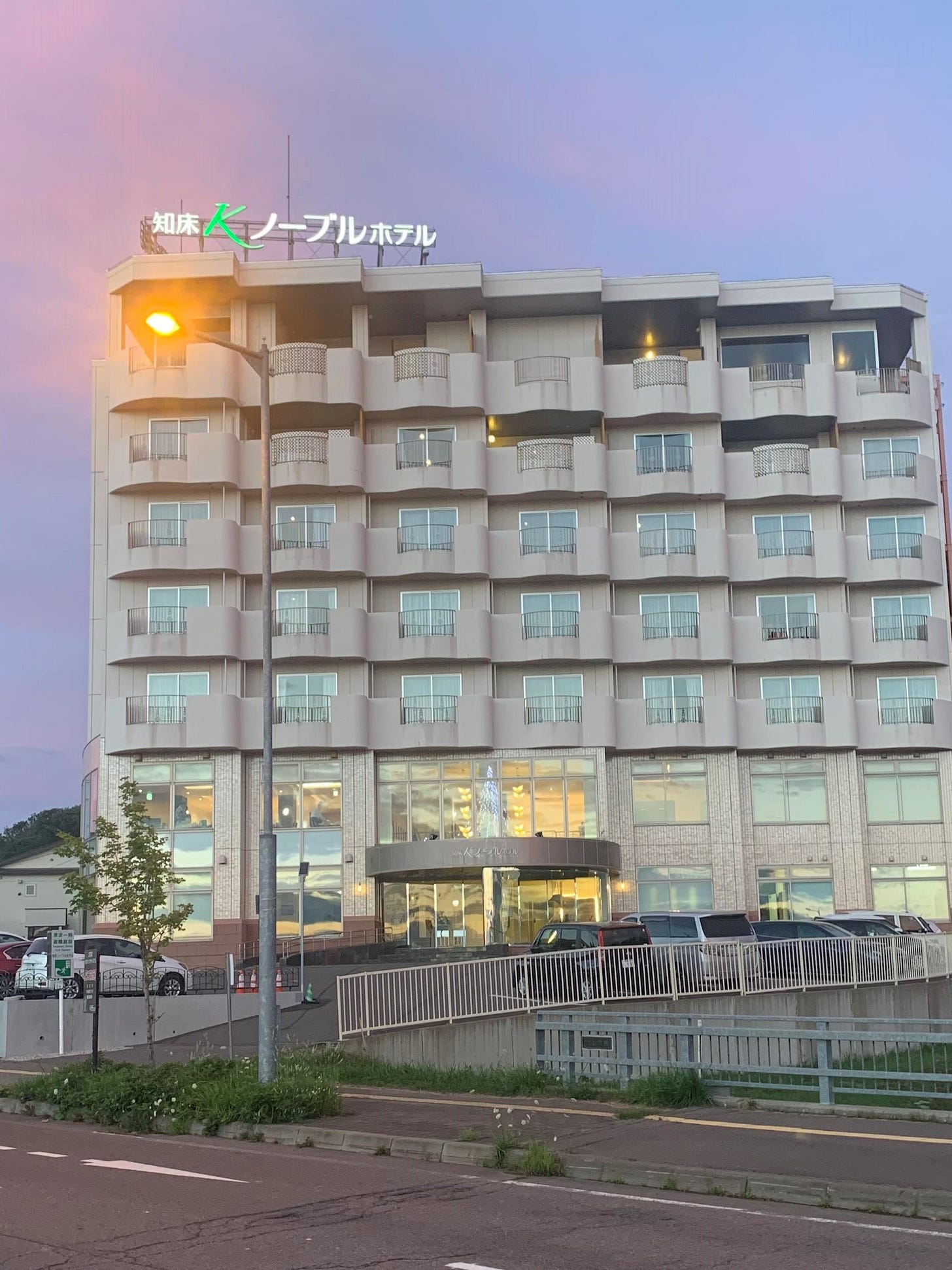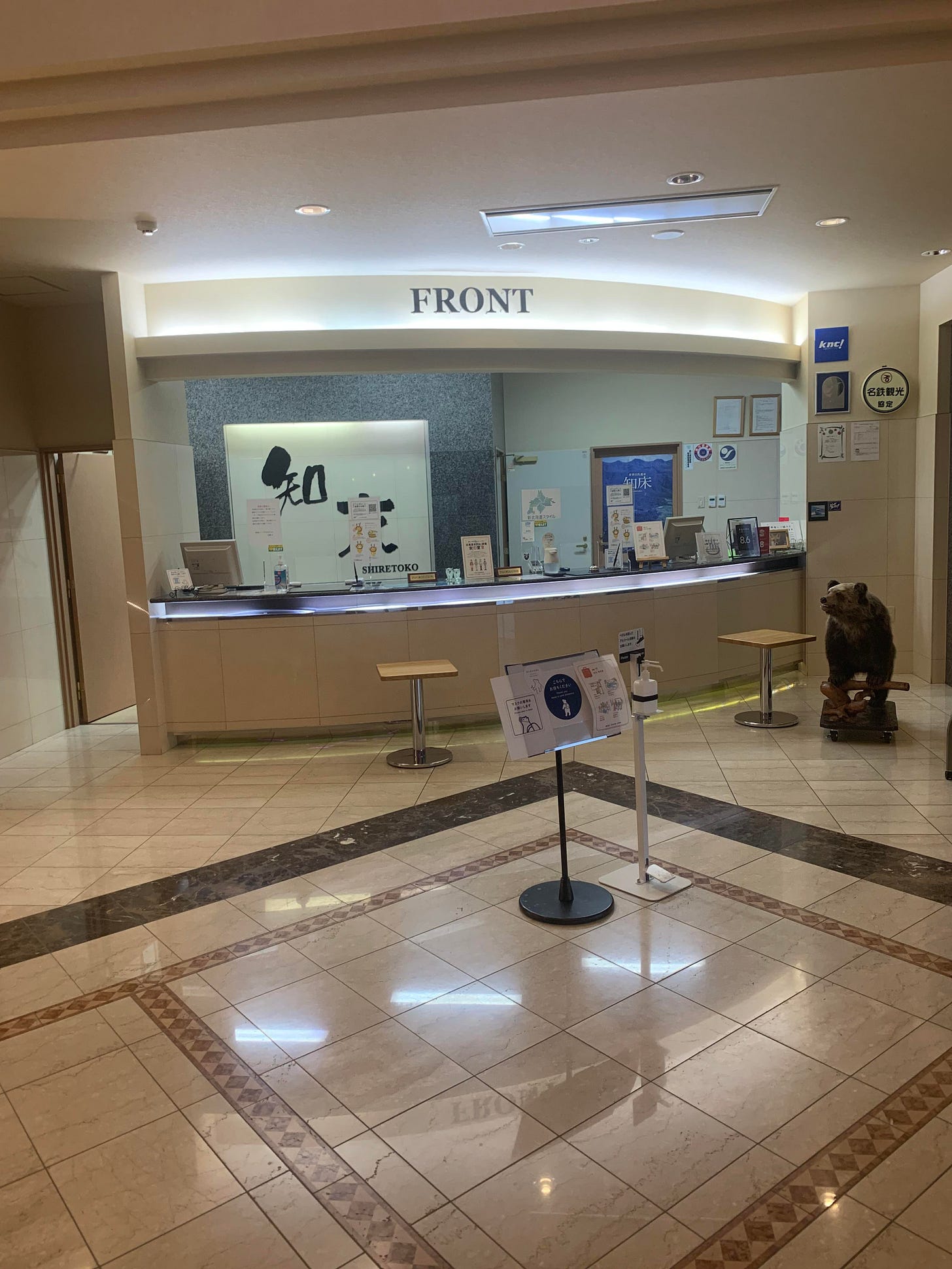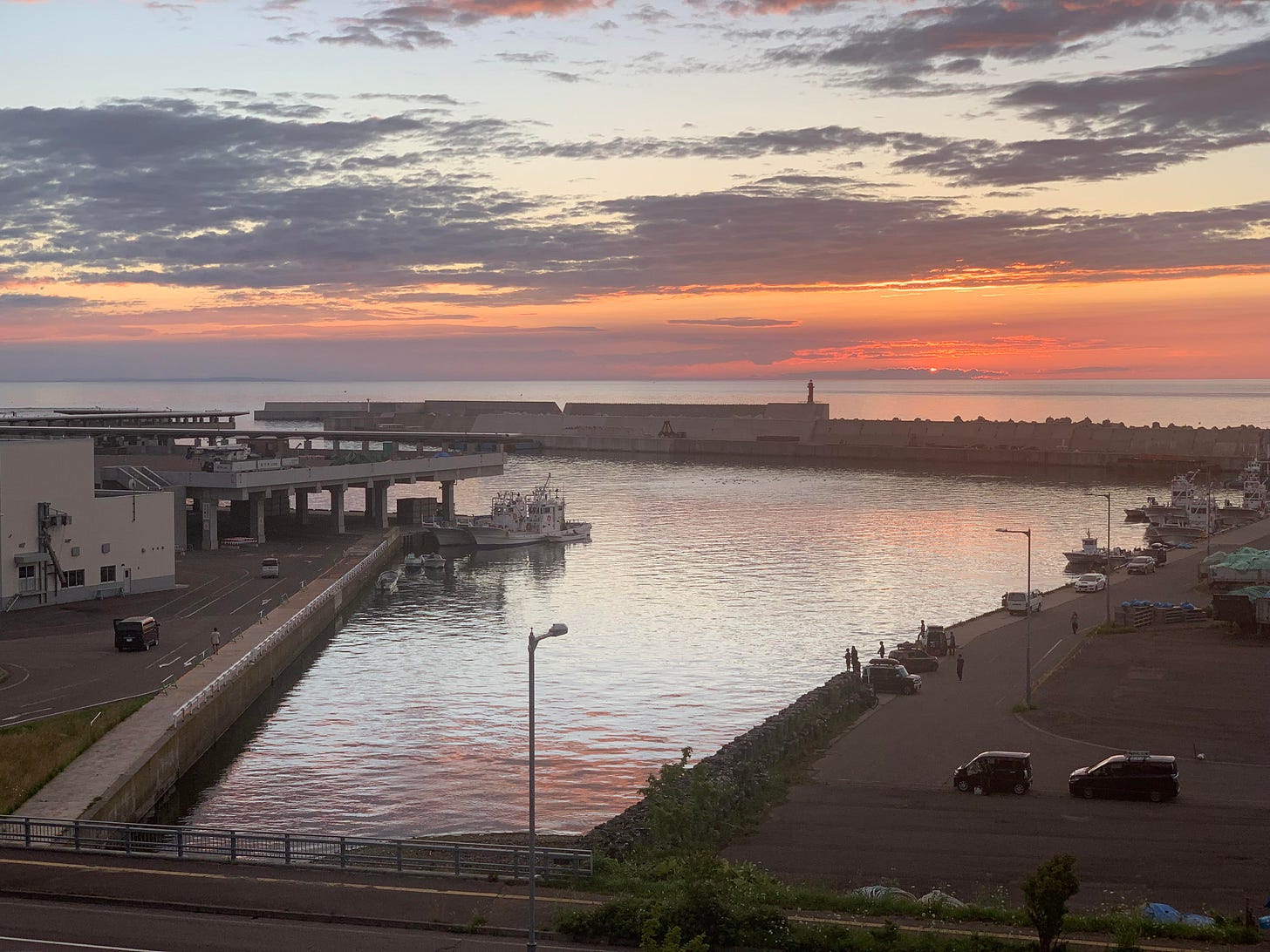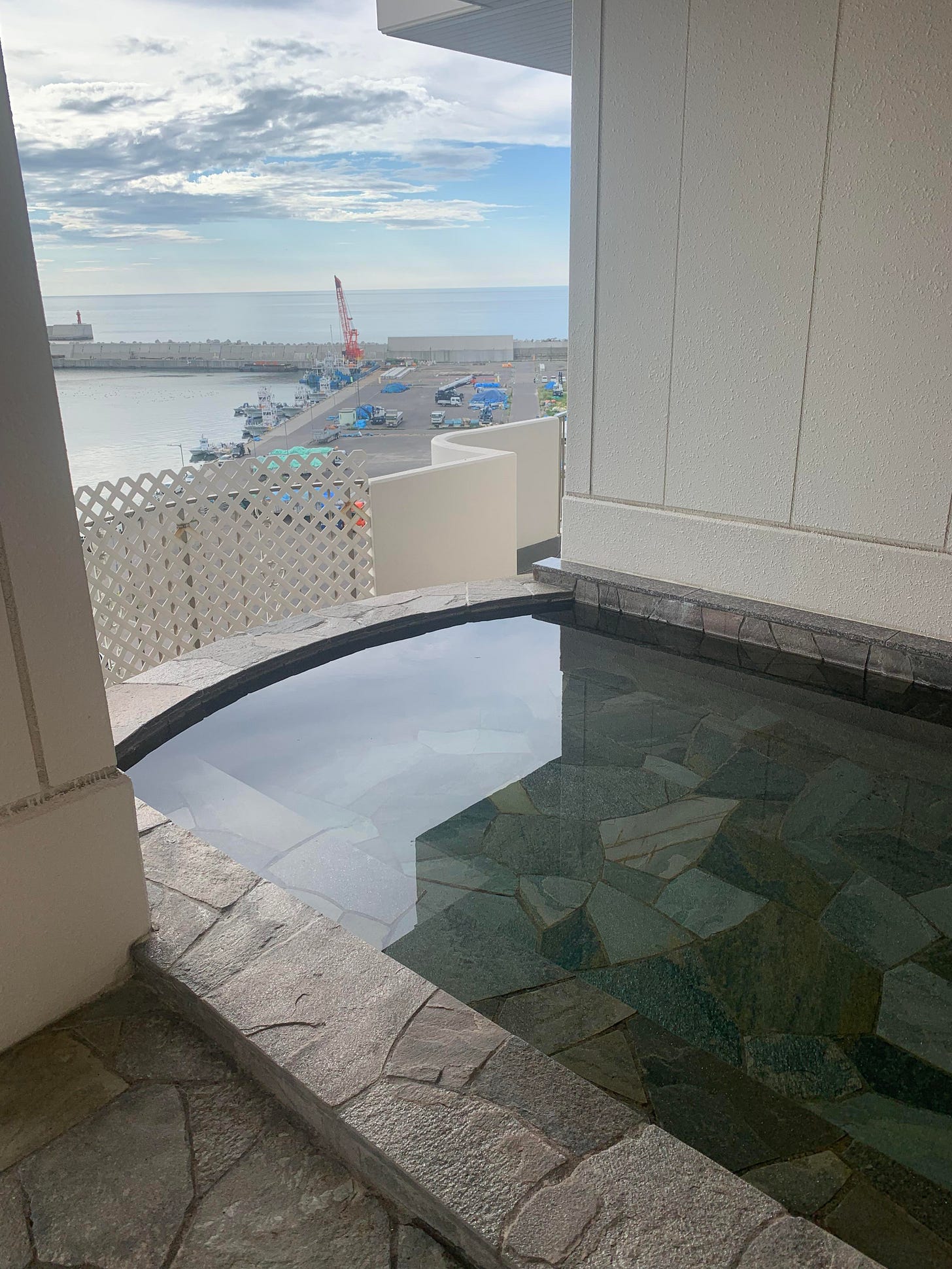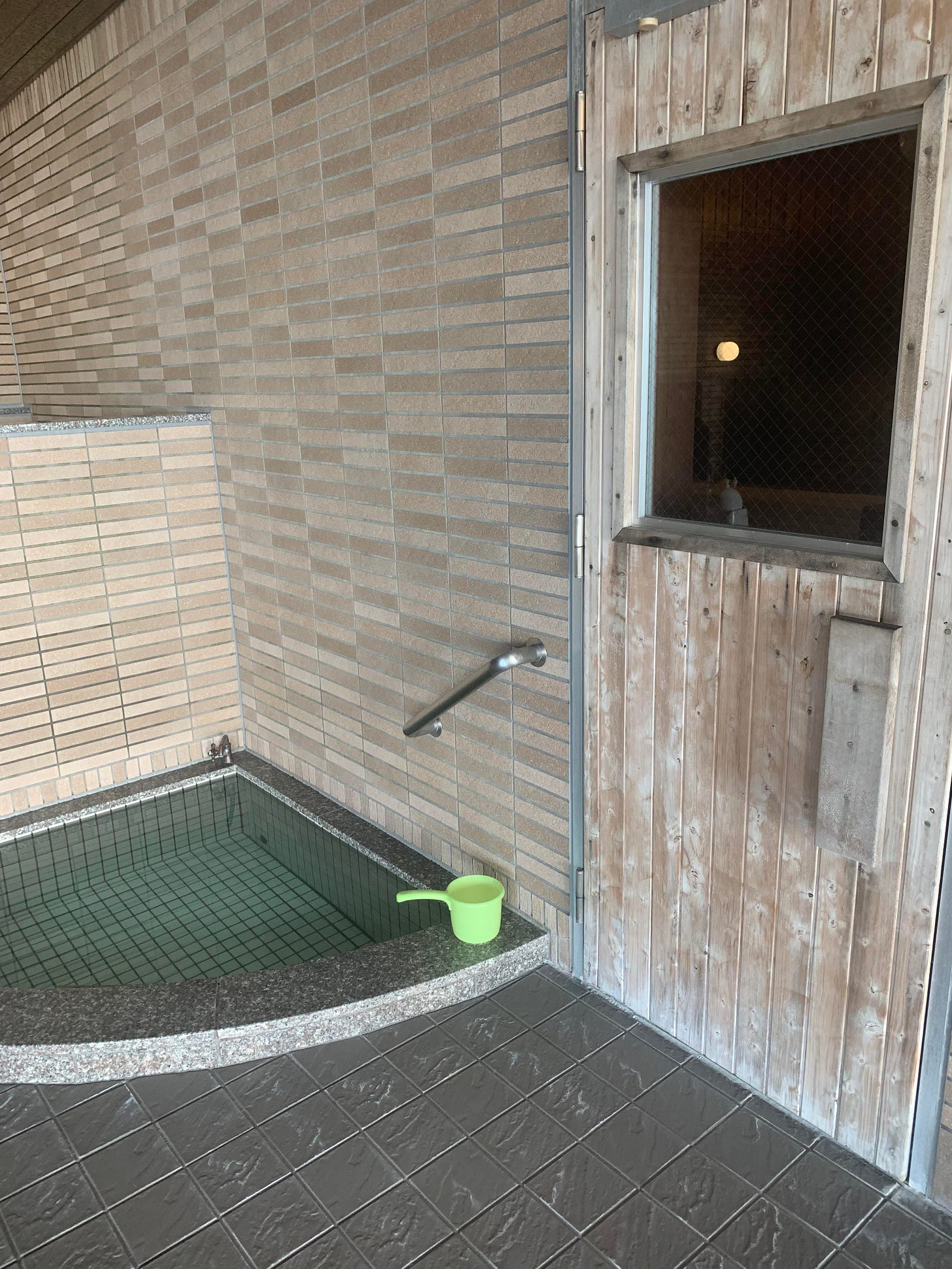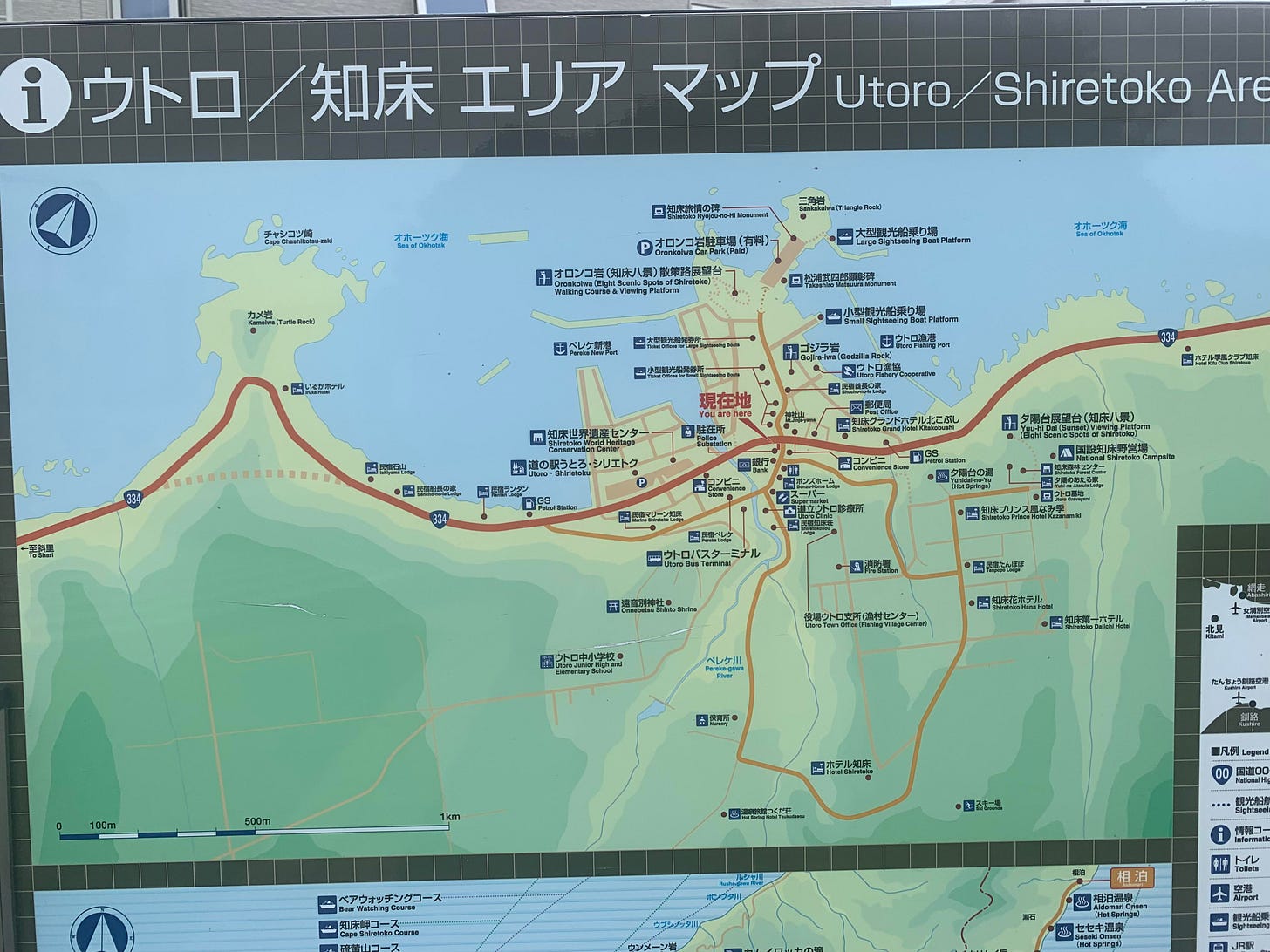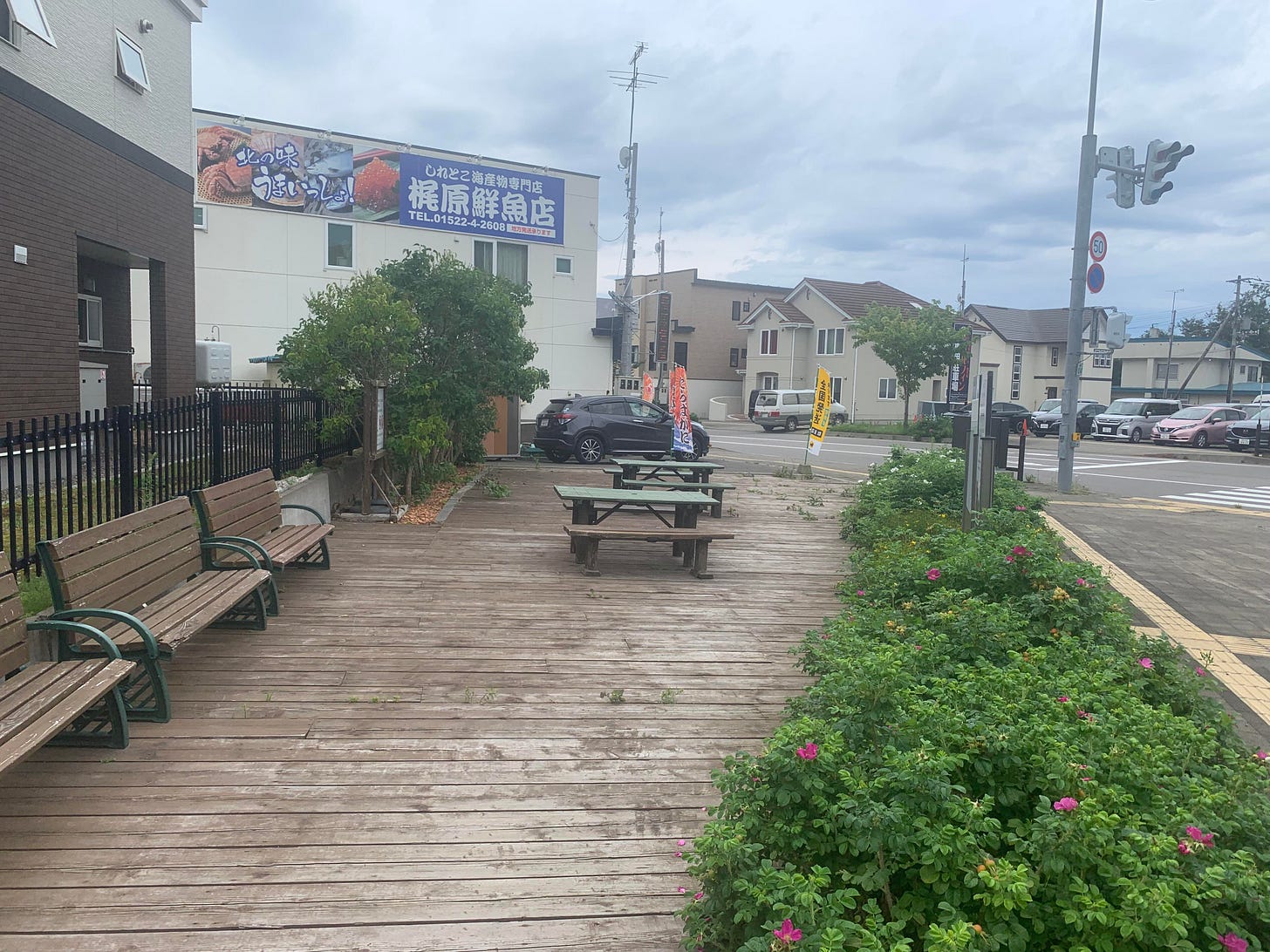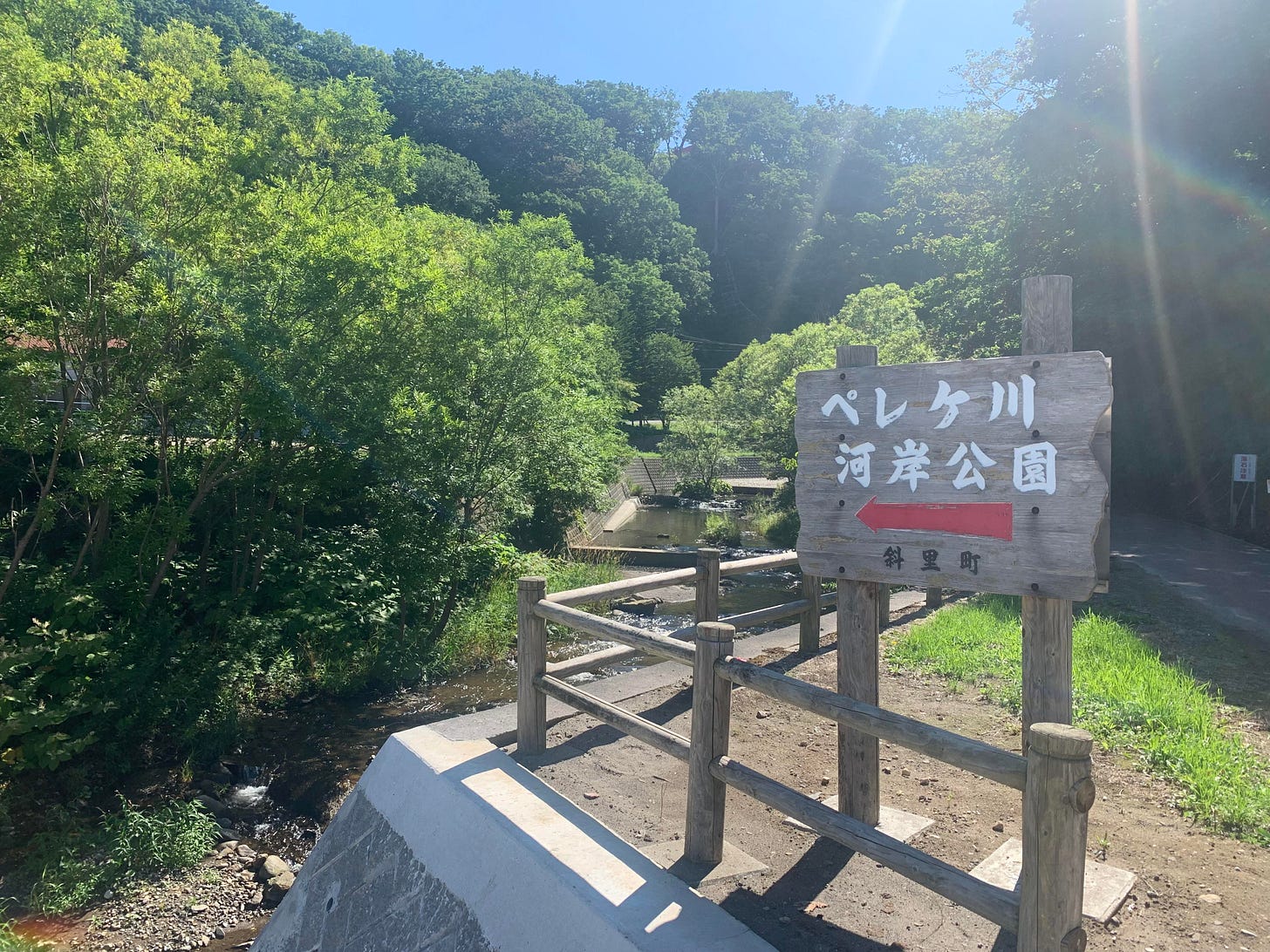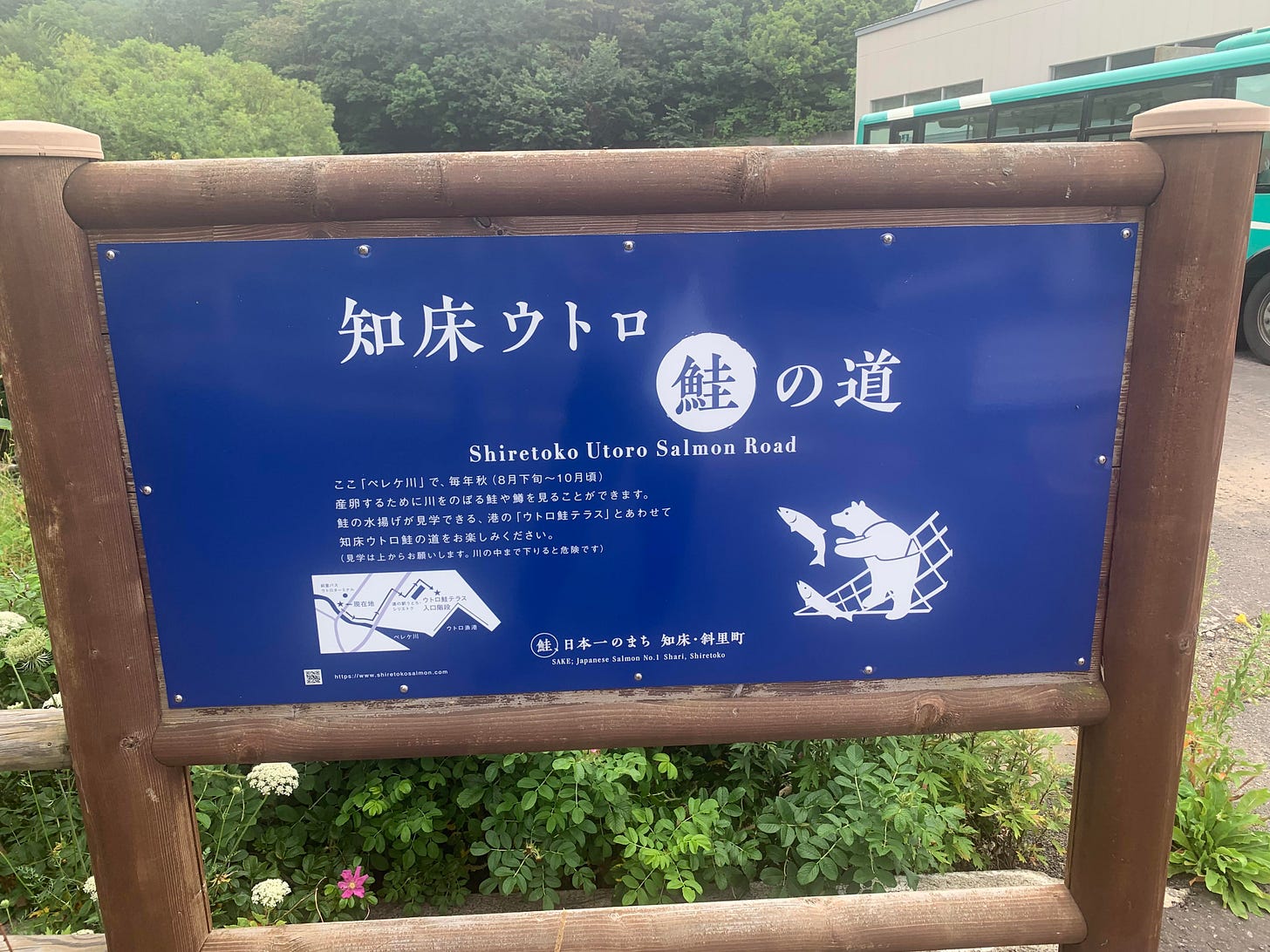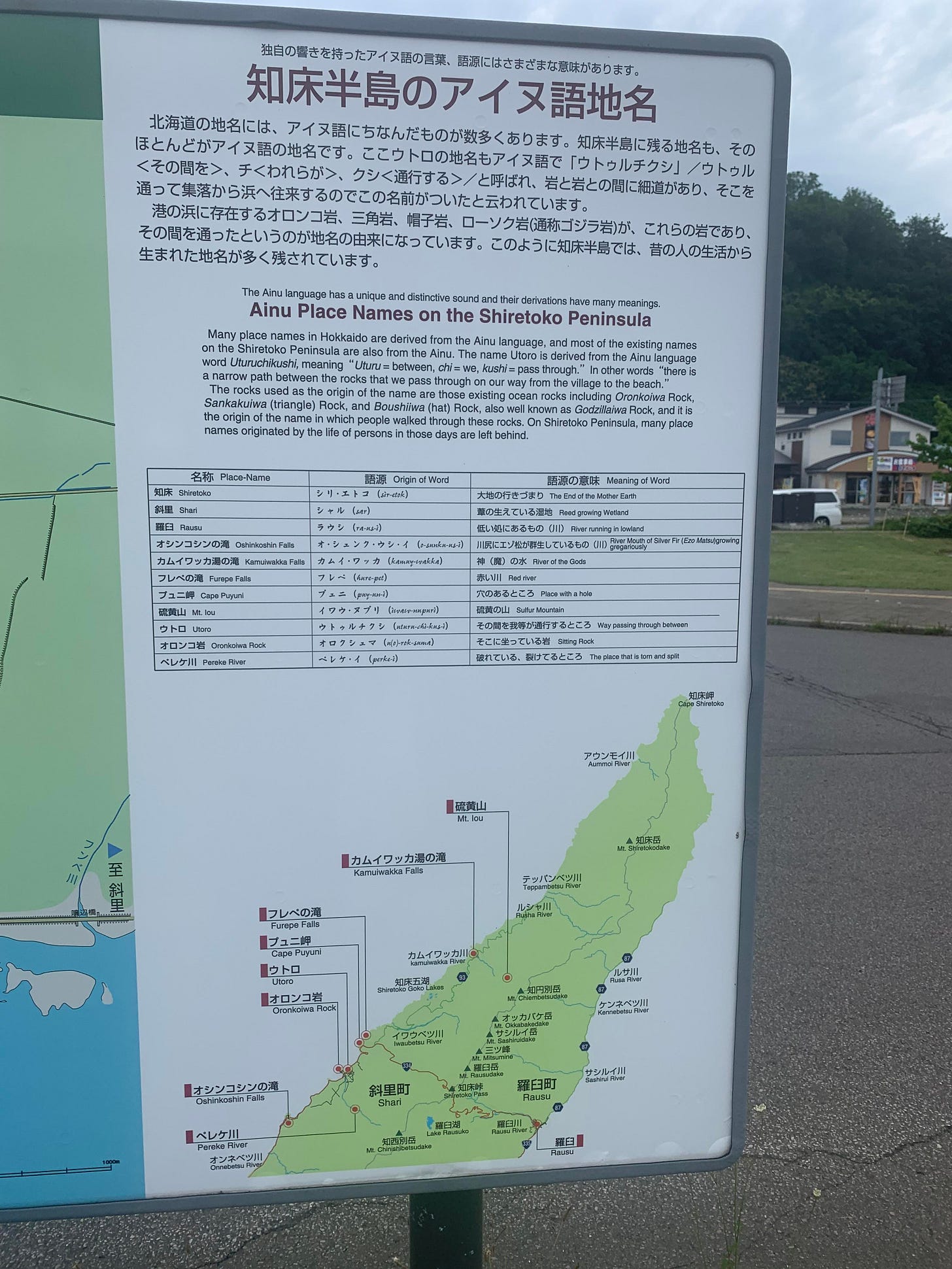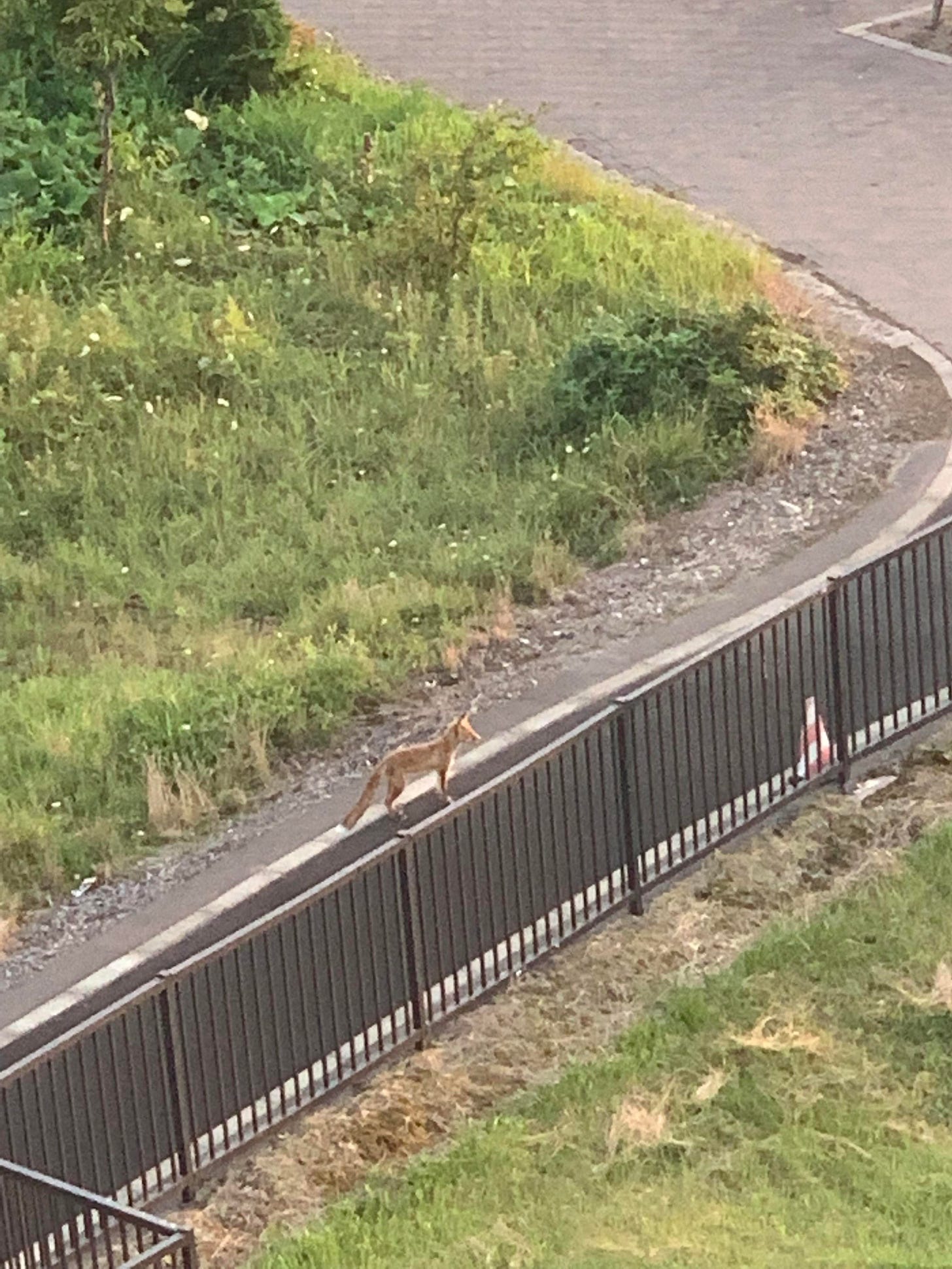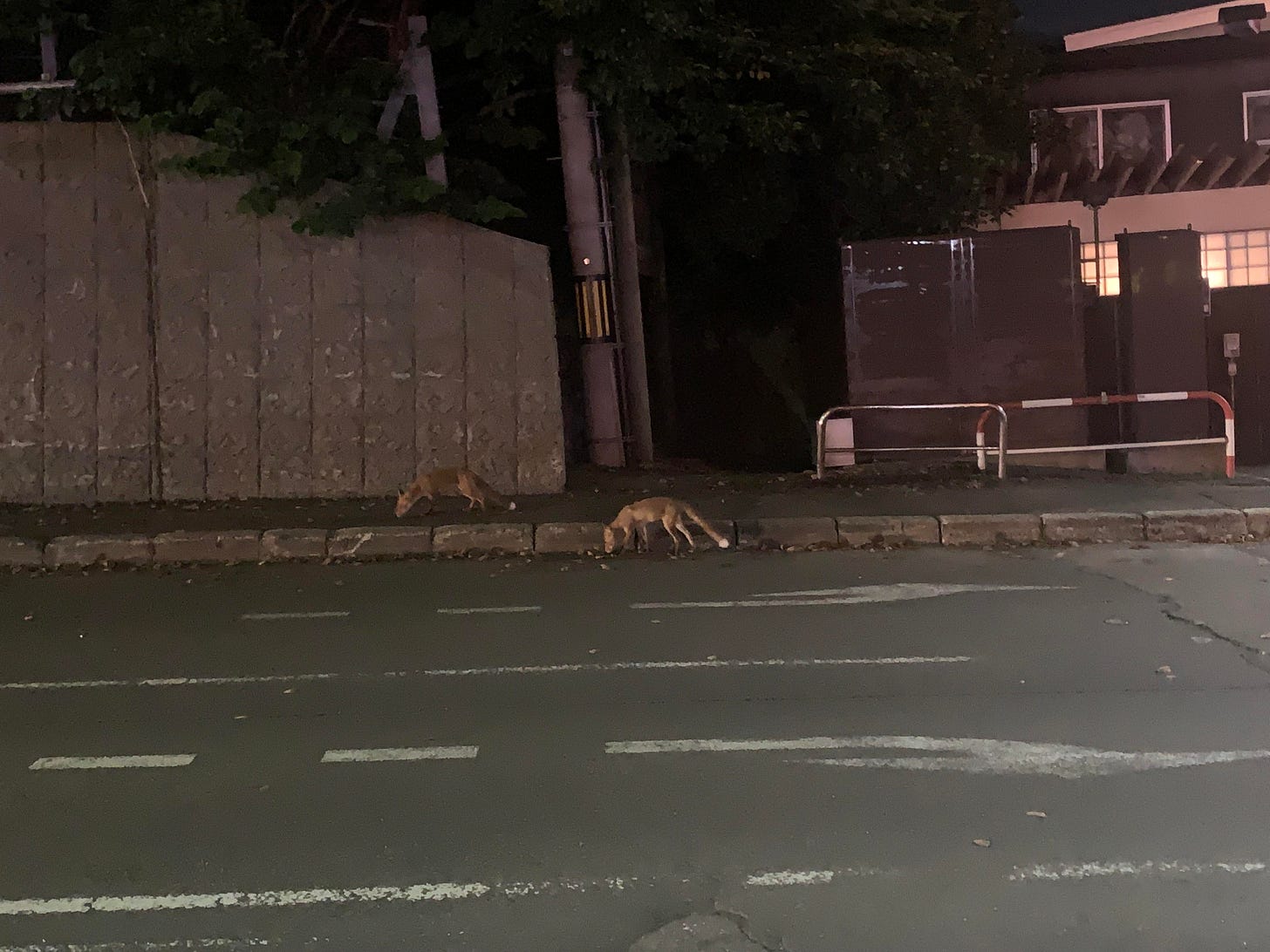Hokkaido. Shiretoko Peninsula, August 2022. Part 1.
Better to have more stories to tell, than things to show
I have been thinking of going to Shiretoko in Hokkaido a very long time, more than 10 years for sure. Stories of a land where bears and deers roam freely, scarce population, delicious seafood, pristine waters - all this kept me curious and drived the research about where exactly to go and what to see.
And finally I made it. Here is my story or rather a guide. Hope it can be useful if you decide to go one day…In my case, I will read and reminesce another day.
Geography and facts.
Hokkaido is the northernmost island of Japan. The size is same as Holland (or two Switzerlands), but only around 5.4 mln. people live here. The island is mostly forest (70% of landmass): 1 hectare of forest per resident. Green, right? It is always cooler than other parts of Japan with very cold winters, low humidity and no typhoons. So, I would say, good place to spend during June - September, if you live in Tokyo, for example.
There are four regions in Hokkaido. I listed some highlights, but, of course, there are more.
Northern Hokkaido (Dohoku 道北). Highlights here include islands Rishiri and Rebun, Cape Soya, picturesque road from Sapporo to Wakkanai along the sea, towns of Furano and Biei, Asahidake mountain and town of Asahikawa.
Central Hokkaido (Doo道央): main city of Sapporo and ports Otaru and Muroran, Lake Toya, Noboribetsu hot springs, Jigokudani (Hell Valley).
Eastern Hokkaido (Doto 道東): drives along the shores of Sea of Okhotsk, Shiretoko Peninsula, Lakes Akan and Mashu (Akan-Mashu National Park) , Kushiro Marsh.
Southern Hokkado (Donan 道南): Hakodate city with rich history, mount Hakodate climb, small fishing town of Kikomai.
One day I want to circumvent all of the island venturing inland from time to time. May need few months probably, but it can be a good treat for the mind and body. Not to forget the joy of anticipation…
Shiretoko: places to see.
I did some research what to see in Shiretoko given the fact that I am a walker (no wheels). So, here is my advice after being in the most of these places.
Definitely do:
climb mount Rausu
do a hike to Rausu Lake
take sea cruise from Utoro port along the shores of the Peninsula
have a meal in one of seafood restaurants of Utoro and Rausu (I will post some good places in the follow up chapters)
have a drink at Fox Cafe (Utoro) listening to the orchestra of seagulls
mix with locals and visitors at the rustic Kumanoyu onsen
have a swim in the Sea of Okhotsk
walk from Shiretoko Natural Center towards Utoro town enjoying beautiful views from Cape Puyuni (this name is already a music, is not it?)
If you have more time (although I was not impressed much):
take whale watching cruise from Rausu (no guarantee to see whales though)
visit Furepe and Kamuiwakka waterfalls
walk Shiretoko Five Lakes hiking trails
Utoro.
To explore Shiretoko, you need to choose a base where you will be staying. There are two towns: Utoro (western coast of the peninsula) and Rausu (east). We will talk about Rausu later.
Utoro is the only large town (ard. 6000 people) on the western coast of Shiretoko Peninsula, just at the entry to the National Park. I chose to stay here because I found what I call “my match hotel”.
To get to Shiretoko I took 1 hour and 45 min. flight from Haneda airport to Memanbetsu airport in Hokkaido. Opted for an early flight to catch 9.30 am bus departing from the airport to Utoro (another bus is in the afternoon). Bus tickets are sold from the machine: 3300 yen to Utoro.
On the way bus passed Lake Abashiri before entering Abashiri town.
Then most of the way, the road ran along the Sea of Okhotsk.
(NB.Take a seat on the left side of the bus to enjoy the sea views). Soon after Abashiri town we passed through the lakes Mokoto and Tofutsu and then dived into some green fields’ area before arriving at Shari bus terminal. On the left side during the ride I spotted a railway line which runs along the sea. It is called Senmo line. Want to explore one day. From Shari bus took another lap before finally arriving at Utoro bus terminal.
A very pleasant ride, two hours and a half. The hotel was just a short walk from the terminal. As check in time was from 3 pm, I just left my luggage at the reception and walked towards Oshinkoshin waterfall. A very pleasant walk along the sea: few passing cars, flowers, one small neighborhood - all in all around 90 min.
Waterfall was pretty, but I enjoyed the hike more.
I returned to hotel by the bus.
Hotel.
Browsing through the sites about Shiretoko, I found one blog which recommended Noble Hotel. I looked up on the map: perfect location. Just near the fishing port, balconies, sauna, open bath (rotenburo): all boxes ticked.
Reception conveys one of the Shiretoko main themes.
My room 410 (it even had washing machine).
Every night I tried to be “home” before 6 pm to enjoy sunset. They are nice in Utoro, always accompanied by excited hullabaloo of seagulls.
Hotel has spacious outdoor public bath. Don’t know why, but often it was empty, even the hotel was seemingly full due to the public holidays. No complain here.
Sauna and adjacent cold bath (you just need to open the tap and let the water run: much colder).
Town.
Utoro is very small: fishing port, roadside shopping center (you can buy a lot of seafood delicacies there and send to Tokyo by refrigerated parcel), two small supermarkets, one convenience store, a dozen or so eateries.
Nice small square near 711 shop.
Behind the hotel (to the left from the bus terminal) there is a pleasant Pereke river park. Just follow the sign: one way walk is around 20 minutes.
At the start of the walk there is another sign explaining that from August till October you can see here salmon travelling back to the river from the sea. Of course, you can witness this not only in Shiretoko. Each autumn in many areas of Hokkaido, a fully grown salmon makes the long journey back to their birthplace in the rivers, swimming very long distances to lay eggs.
Obviously, many tours and places to see this magic of nature in Hokkaido.
Indigenous people of Hokkaido, ainu, have their own language. I spotted interesting sign explaining the meaning of many geographic names: good to know.
One more interesting feature of the town is that you can see wild foxes here. During my pre-sleep walk I startled a few, but was equally surprised.
(to be continued)



